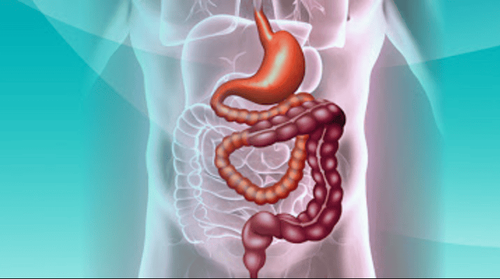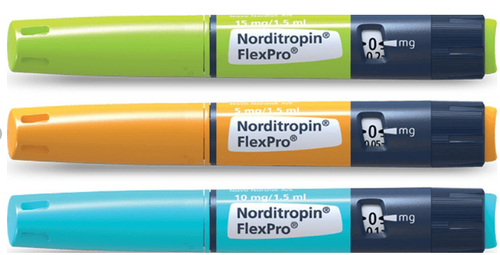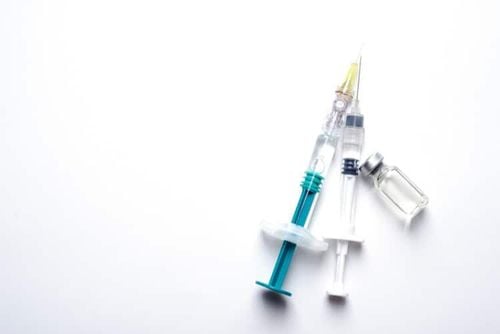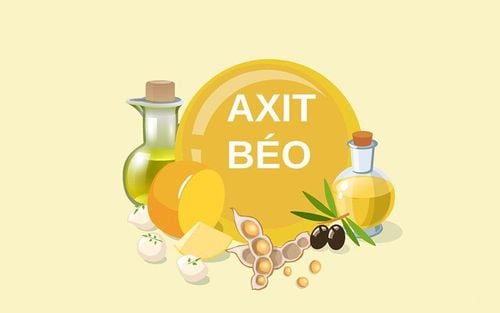This is an automatically translated article.
Posted by Doctor Mai Vien Phuong - Department of Examination & Internal Medicine - Vinmec Central Park International General Hospital.Diet therapy is an important component of care in patients with short bowel syndrome. The cornerstone of dietary therapy is the modification of food intake to facilitate maximum nutrient and fluid use by reducing stool volume. Stool output in short bowel syndrome is driven by fluid loads that exceed the absorptive capacity of the shortened intestine; but other factors also contribute.
1.Fat
Fats are an excellent source of calories, but depending on the remaining bowel anatomy in short bowel syndrome patients, too much fat can exacerbate lipodystrophy, leading to loss of calories, soluble vitamins in fats and divalent minerals in feces. Medium-chain triglycerides (MCTs) are often recommended for use in patients with short bowel syndrome because they are absorbed directly through the small intestine and colonic mucosa; however, it has been shown that only people with residual colons seem to benefit from their use.
2. Protein
Protein requirements will vary depending on the patient's location during the course of the disease. Protein with high biological value is always preferred over vegetable protein. Because nitrogen absorption is least affected by surface malabsorption in patients with short bowel syndrome, there is no need to change protein in the diet and the use of a peptide-based diet in these patients is unnecessary.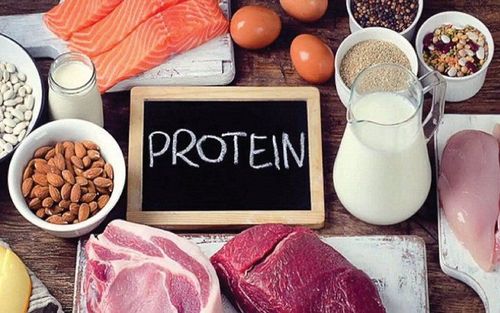
3.Carbohydrates
The use of more complex carbohydrates than concentrated sweets reduces stool volume and enhances absorption in short bowel syndrome. Lower in fiber, complex carbohydrates are easier to digest and absorb and should be the primary source of calories/nutrients regardless of remaining gut structure. Patients with a remaining segment of the colon may benefit from a higher soluble fiber content, but not a reduction in oral intake due to early satiety, especially if weight gain is required.
4.Fiber
Patients with a percutaneous jejunostomy or a percutaneous ileostomy are often advised to add bulking agents to their diet in an effort to thicken stool or anal outlet. While it appears to be able to improve stool consistency, fiber can also remove actual fluid from the intestines, as it not only pulls fluid from the mucosa, but it also 'suctions' fluid in the lumen, making it unavailable for absorption. Instead of thickening stool fluid before it is lost into the patient's tracheal device, it is better to try to increase absorption of that fluid. Furthermore, fiber can reduce nutrient absorption, and in people who are having trouble consuming enough calories, the addition of bulking agents can exacerbate the problem by leading to an early feeling of fullness.

5. Parenteral nutrition
Almost all patients with short bowel syndrome require parenteral nutrition support (intravenous nutrition) in the early stages after surgical resection, and most will require nutritional support. intravenously at home after they leave the hospital. The caloric requirement of parenteral nutrition will depend on many factors such as the need to gain (or lose) weight, activity/activity level, etc. and there is no one-size-fits-all prescription. Parenteral nutrition should be initiated and adjusted to meet the patient's fluid, electrolyte, energy, protein, and micronutrient needs. The overall energy content and macronutrient composition will depend to some extent on the intake of the short bowel syndrome patient and the level of supplementation required. In situations of high anal faeces, increased fluid, loss of potassium, magnesium, and zinc will occur and should be monitored and appropriately replaced.6. When will parenteral nutrition be reduced?
The amount of parenteral nutrition may be reduced when the patient demonstrates the ability to absorb oral nutrition without excessive fecal or rectal discharge with appropriate weight gain or maintenance. When calculating the volume and content of parenteral nutrition, changes in the patient's weight, laboratory tests, stool or anal volume, urine output, and complaints of thirst should be considered. These patients are still at risk of micronutrient deficiencies and require periodic monitoring and supplementation in addition to parenteral nutrition.
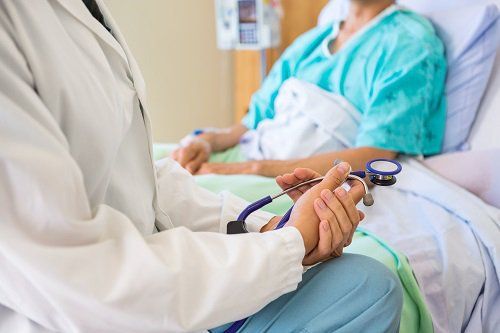
7. Timing of parenteral nutrition
Home parenteral nutrition is usually given overnight for 10 to 14 hours so that patients do not need to be pumped during the day and potentially reduces the risk of liver damage with long-term use. In some patients, the volume needed can cause high volume nocturia. These patients may do better with less fluid at night and one or two liters of intravenous “chaser” in the morning or evening before they have their parenteral nutrition added at night. . Programmable infusion pumps are used by most consumers.
Portable pumps that can be carried in a backpack or tote are also available for IV nutrition consumers who have same day infusion needs. Patient support groups such as the Oley Foundation (www.oley.org) are an important source of information on practical topics (e.g., body image, travel), education, support, and possibly reduce the risk of complications, and improve the survival and quality of life of patients receiving enteral or parenteral nutrition support.
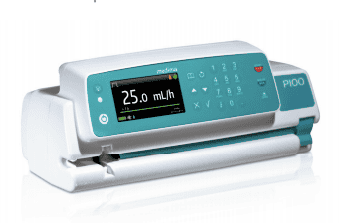
8. Conclusion
Nutrition therapy is central to the successful management of patients with short bowel syndrome. Continuing and important education to the extent that the patient/carer can be understood from the outset is essential and sufficient time must be devoted to this purpose. As the gut adapts and improves absorption, it is possible that dietary interventions could be released. Lifelong follow-up is necessary in all patients with short bowel syndrome, and management goals often change over time.
>> See more: Vitamin and mineral supplements for patients with short bowel syndrome - Post by Master, Doctor Mai Vien Phuong - Gastrointestinal endoscopist - Department of Examination & Internal Medicine - General Hospital Vinmec Central Park International Faculty
Please dial HOTLINE for more information or register for an appointment HERE. Download MyVinmec app to make appointments faster and to manage your bookings easily.





